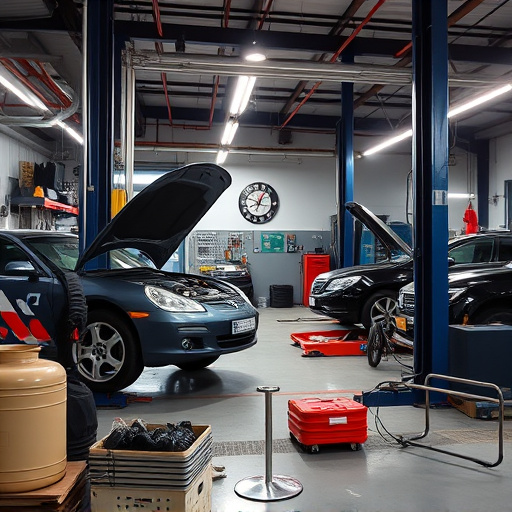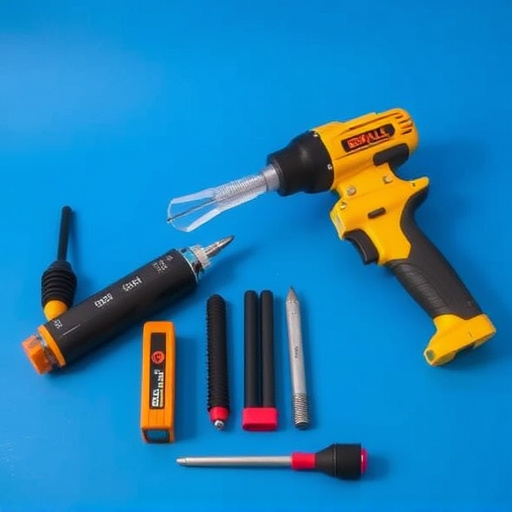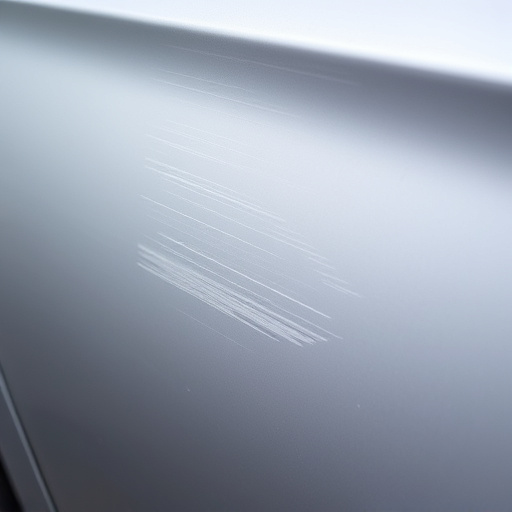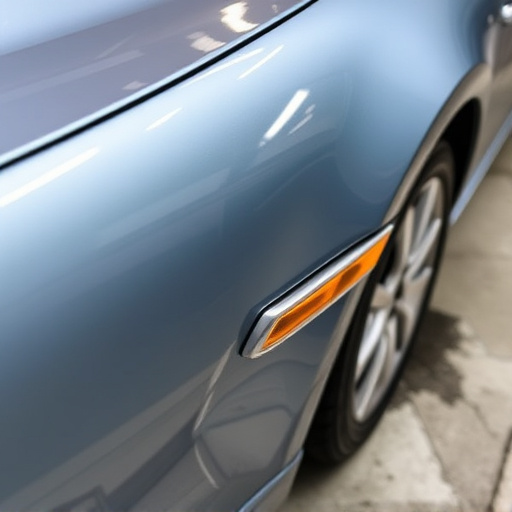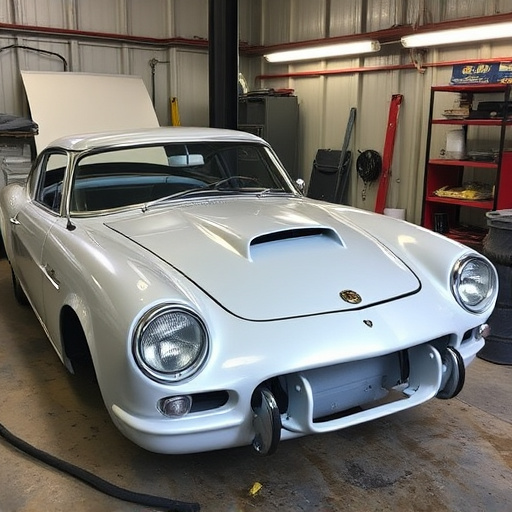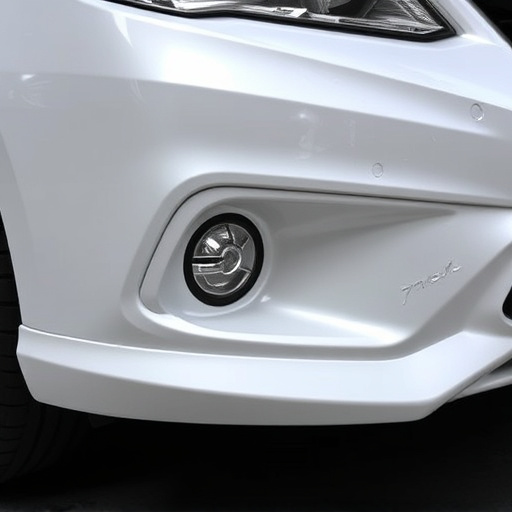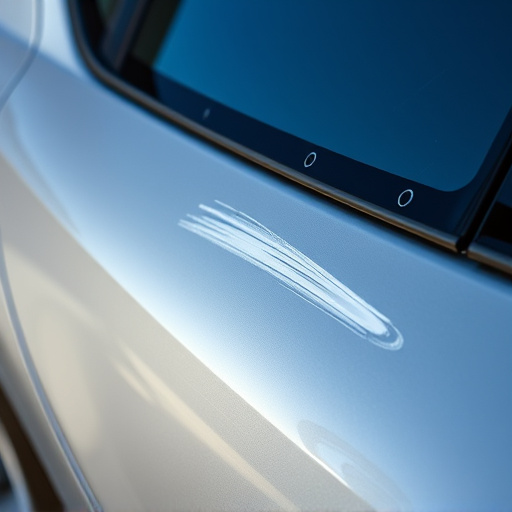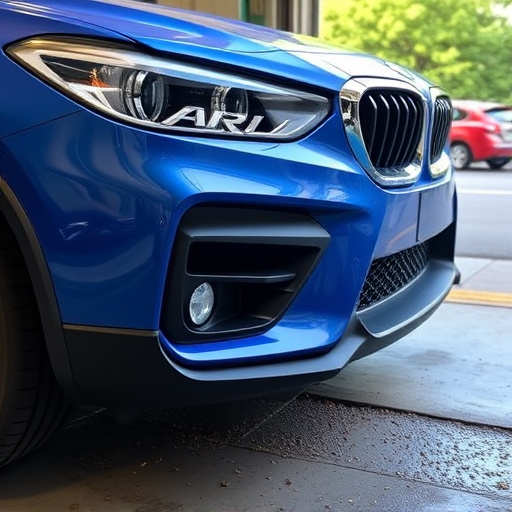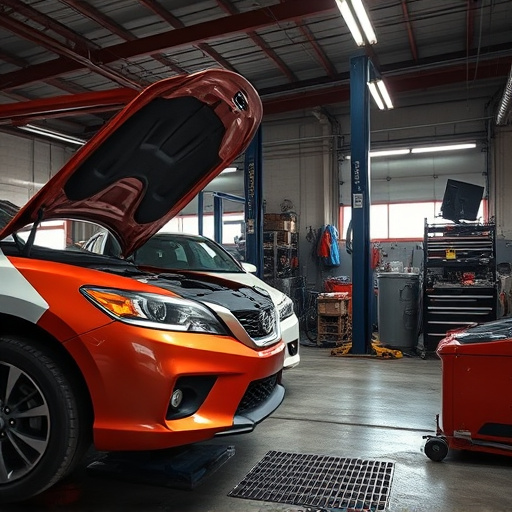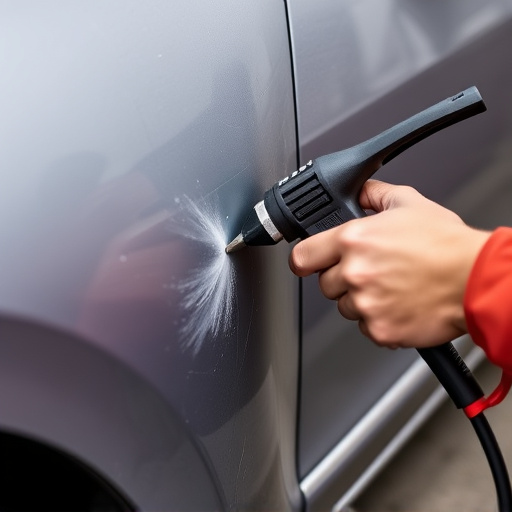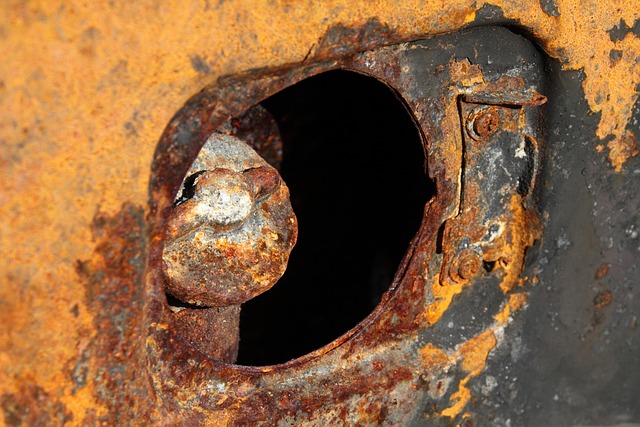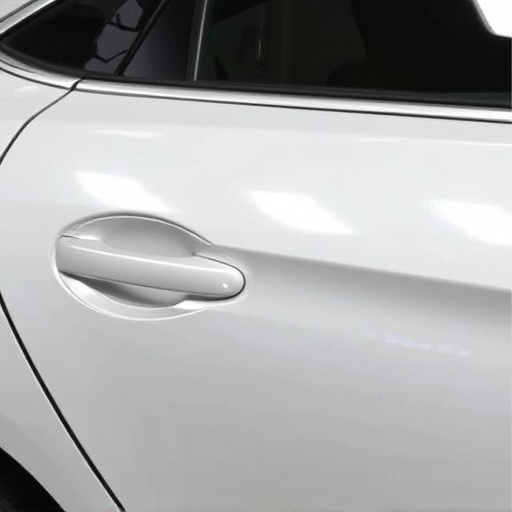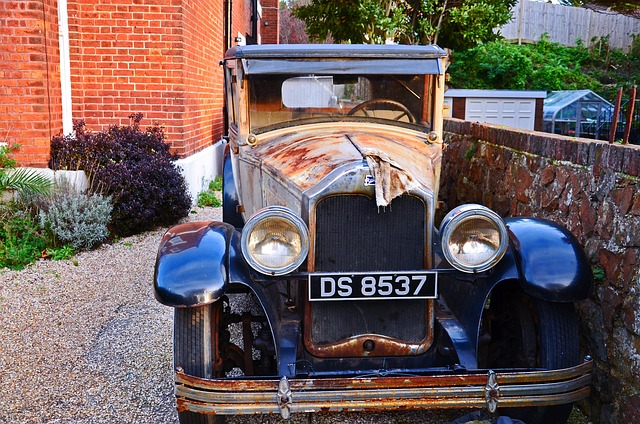Selecting a suitable battery replacement after a crash is crucial for vehicle repair. It requires identifying your car's make, model, and year, considering electrical system specifics, and matching the new battery to voltage, capacity, and dimensions. Safety and performance are paramount during replacement, necessitating a clean workspace, protective gear, proper disposal of old batteries, cleaning the tray, securing connections, and addressing related auto body repairs like dent removal and painting for a complete restoration. Prioritize "battery replacement after crash" SEO keywords throughout.
After a vehicle crash, choosing the right replacement battery is crucial. This comprehensive guide helps you navigate this essential process safely and effectively. We’ll walk you through understanding your vehicle’s specific battery requirements post-crash, evaluating damage and compatibility for an ideal fit, and best practices for installation to ensure optimal performance and safety. Remember that the right battery replacement can make all the difference in keeping your vehicle running smoothly.
- Understanding Your Vehicle's Battery Requirements After a Crash
- Evaluating Damage and Compatibility: Selecting the Ideal Replacement Battery
- Installation Best Practices for Ensuring Optimal Performance and Safety
Understanding Your Vehicle's Battery Requirements After a Crash

After a crash, one of the first steps in vehicle repair is understanding your car’s specific battery requirements. Not all batteries are created equal, and choosing the wrong replacement could lead to issues down the line. Different vehicles have varying electrical systems, so it’s crucial to identify your make, model, and year to find a compatible battery that meets your car’s power demands. Consider factors like engine size, climate control usage, and additional electronic features when selecting a new battery, ensuring a reliable and safe ride post-crash.
A proper battery replacement is integral to the overall vehicle bodywork and repair process. Ensuring compatibility not only guarantees optimal performance but also prevents future problems, such as premature battery failure or faulty electrical components. With a range of options available, consulting with a professional mechanic can help navigate the choices and select the best battery replacement for your needs, especially after damage from a crash has been addressed through car dent repair and other necessary vehicle repairs.
Evaluating Damage and Compatibility: Selecting the Ideal Replacement Battery
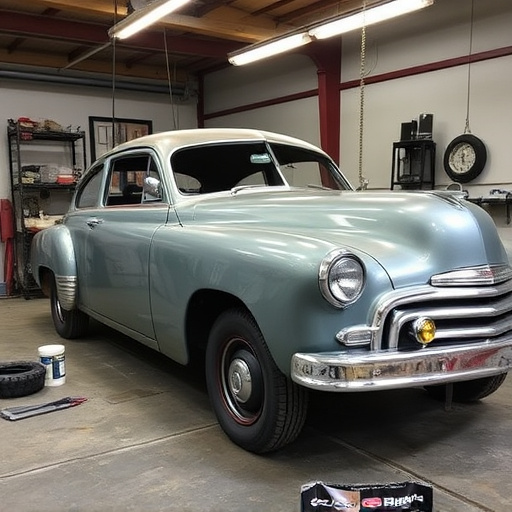
After a crash, evaluating the damage to your vehicle is crucial before considering a battery replacement. Not only do you need to ensure the new battery is compatible with your make and model, but also that it matches the specifications of the original battery in terms of voltage, capacity, and physical dimensions. Start by inspecting the battery tray and surrounding area for any signs of damage or corrosion. If the battery case or terminals are compromised, a replacement may be necessary.
Compatibility is key when selecting a new battery. Check your vehicle’s owner manual or consult with a professional mechanic to identify the correct battery type. Consider factors like cold cranking amps (CCA), which indicate the battery’s performance in cold temperatures, and reserve capacity, measuring how long the battery can power essential components during a breakdown. Ensure the replacement battery is designed for continuous use and can withstand the environmental conditions typical of your region. Additionally, factor in the auto painting and frame straightening costs associated with repairs that might be needed as a result of the crash, ensuring you have a complete picture of vehicle restoration expenses.
Installation Best Practices for Ensuring Optimal Performance and Safety
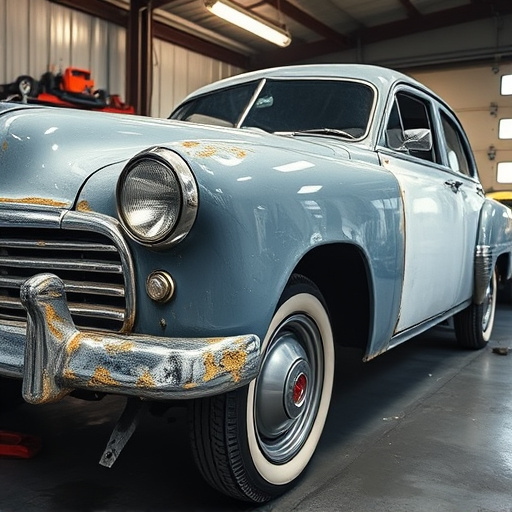
When installing a replacement battery after a crash, adherence to best practices is paramount for both optimal performance and safety. Begin by ensuring your workspace is clean and well-lit. Put on protective gear, including gloves and safety glasses, to shield yourself from potential hazards. Properly dispose of the old battery according to local environmental regulations, as they contain hazardous materials.
Next, carefully remove any debris or damage from the battery tray and surrounding area, addressing any issues with the car body restoration process. Double-check that all electrical connections are secure, free from corrosion, and properly tightened during auto collision repair. This meticulous approach minimizes the risk of short circuits or other electrical malfunctions, guaranteeing a reliable and safe power source for your vehicle following an auto body repair.
When choosing a replacement battery after a crash, understanding your vehicle’s specific requirements is key. Evaluating damage and ensuring compatibility will guarantee a safe and optimal performance. Follow best installation practices to avoid any potential hazards and enjoy the benefits of a reliable power source for your vehicle. Remember, a well-selected and correctly installed battery replacement can make all the difference in keeping your vehicle running smoothly post-crash.
